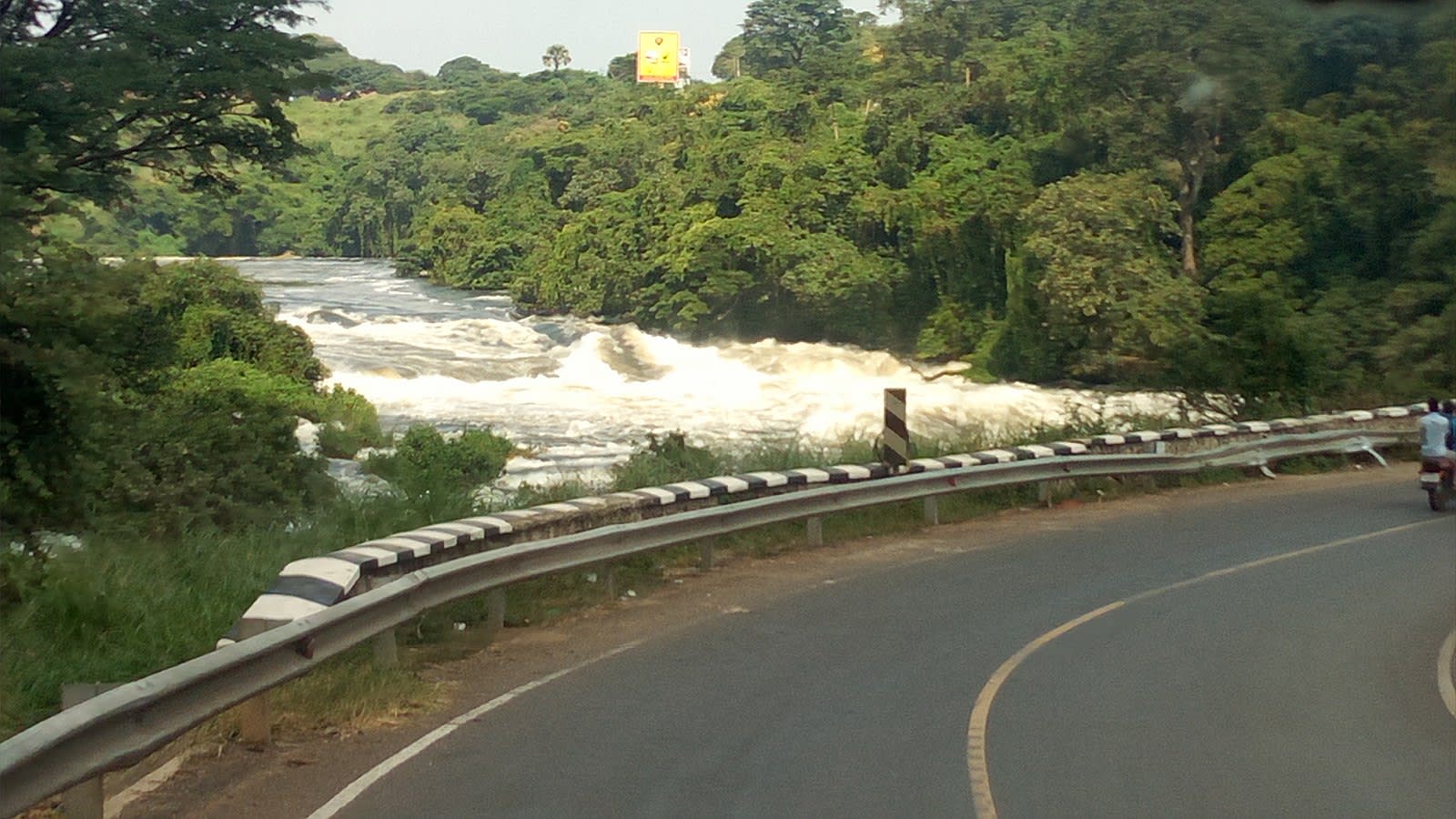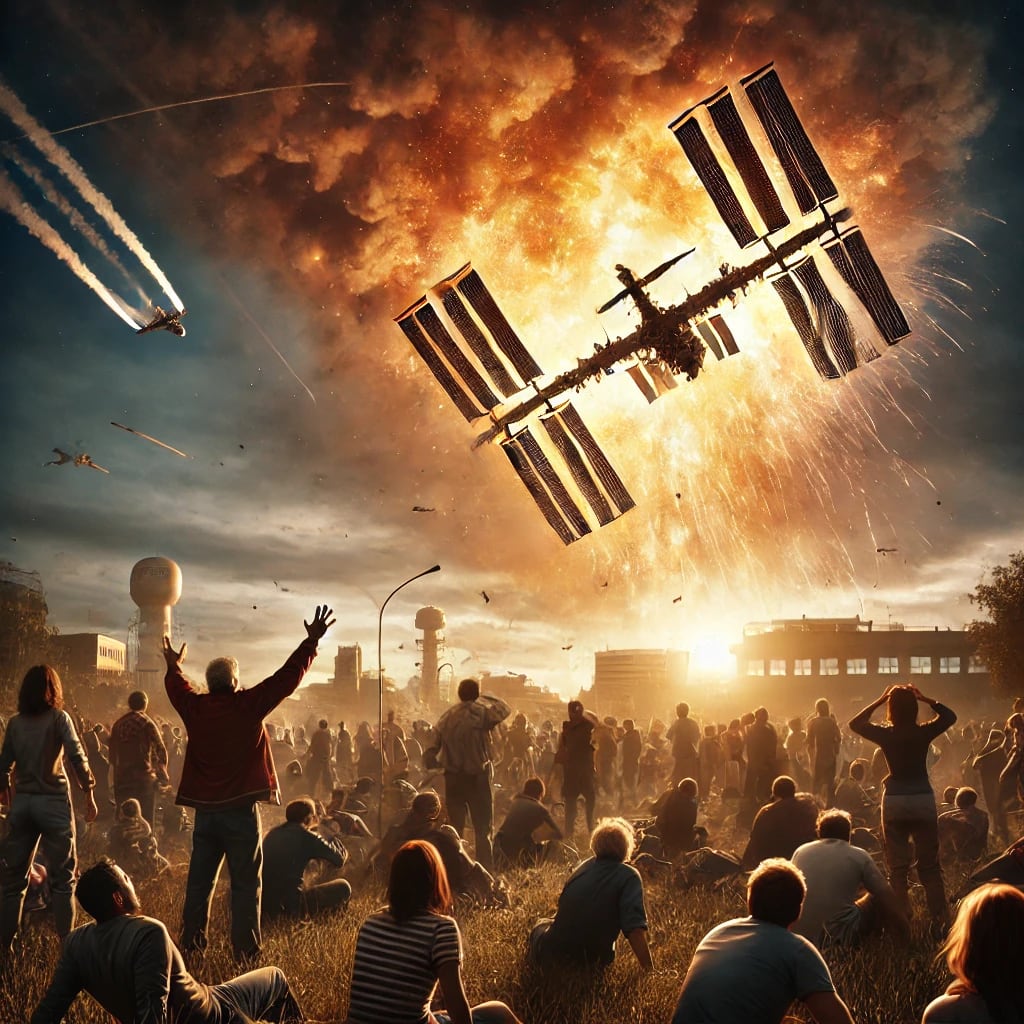Epistemic status: Uncertain, shooting from the hip a little with no expertise in this area and only a couple of hours research done. I might well have missed something obvious, in which case I’ll revise or even take the post down.
Money Waste is Everywhere
Here in Northern Uganda where poverty abounds, many expenditures feel wasteful. Last night I had a great time at the fanciest restaurant in town with friends but felt a pang of guilt about my $7 meal. Enough of a pang to avoid telling my wife after I came home.
A bigger scale waste in these parts is the partial closure of the main bridge across the river Nile, because the bridge has apparently degraded and become hazardous. Vehicles larger than a minivan now can’t cross, which has raised the price of public transport by 50% and trucks now have a 3 hour detour. Besides these direct costs, this closure increases the cost of fuel and commodities in Northern Uganda. By my loose, conservative BOTEC the closure costs $10,000 every day (1.2 million dollars in 4 months so far) which Ugandans now can’t spend on education and healthcare, while likely causing more crashes due to increasingly tired drivers who now use worse roads. The detour itself may have already cost more lives than would be lost if the bridge does collapse and kills a few people.[1]

But there are far bigger wastes of money on this good earth.
A Billion Dollars to bring down a space station?
Space X have secured an 843 million dollar contract[2] to build the boringly named “U.S. De-Orbit vehicle” (why not "Sky Shepherd")[3], which in 2031 will safely guide the decommissioned International Space Station (ISS) into the Pacific Ocean. This all sounded pretty cool until I thought… is this worth it?.
No human has ever been definitively killed by an object falling from space, although there have been a couple of close calls with larger asteroids injuring many while Open Asteroid Impact could be a game changer here in future. This one time though, a wee piece of space junk did hit Lottie Williams in the shoulder and she took it home as a memento. I’m jealous.
According to a great Nature article “Unnecessary risks created by uncontrolled rocket reentries”, over the last 30 years over 1,000 space bodies have fallen to earth in uncontrolled re-entries and never killed anyone. The closest call might be a Chinese rocket in 2020 which damaged a house in the Ivory Coast. The article predicts a 10% chance of a fatal space junk accident in the next 10 years – far from zero and worth considering, but unlikely to be the next EA cause area. This low risk makes sense given that only 3% of the globe are urban areas and under 1% actually contain human homes[4]– most stuff falls down where there ain’t people. Also the bulk of falling spacecraft burns up before hitting the ground.
In contrast a million people die from car crashes every year,[5] and each of us has about a 1 in 100 chance of dying that way.
Although the ISS is the biggest ever at 450 tons, we do have priors. Two 100 ton uncontrolled re-entries (Skylab and tragically the Columbia) crashed to earth without issue. So what actually is the risk if the ISS was left to crash uncontrolled? The U.S. Government requires controlled re-entry for anything that poses over a 1 in 10,000 risk to human life so this risk must be higher. NASA doesn't give us their risk estimate but only state “The ISS requires a controlled re-entry because it is very large, and uncontrolled re-entry would result in very large pieces of debris with a large debris footprint, posing a significant risk to the public worldwide” [6].
I hesitate to even guesstimate the risk to human life at the ISS falling, but I’ll throw out a number. Given we’ve had over 1,000 (albeit smaller) spacecrafts fall without a death yet, and the Nature paper estimates a 10% chance of death from the 600 spacecraft which will fall over the next 10 years, I’d be hard pressed to estimate anything higher than between a 1 in 100 and 1 in 1,000 chance of a deadly crash, although multiple casualties would be possible.

100 Billion per life saved?
That would mean that the projected cost per life saved might be over 100 billion dollars here – I’m not pitching this safety project to GiveWell. This could make the controlled descent of the ISS one of the largest, least cost-effective safety initiatives of our time.
Yes NASA has other considerations, like getting sued for breaching government safety standards, and the PR disaster as millions of us sit at home in 2031 glued to our screens, irrationally worrying more about the ISS hitting our home than we are getting in their car the next day - but these hardly seem billion dollar concerns. NASA might also be keen to maintain their good reputation as a steward and leader of space governance, as they try and keep the moral high ground while working on other important agendas like reducing space junk. (Thanks @David T)
Although stopping this government expenditure seems intractable at this point, I think its helpful to consider waste on all scales from time to time, especially when its our own tax money paying the bill.
have no expertise at all in this field so I might just be missing something obvious, so feel free to correct and fire away .
Karuma Bridge is only 70 meters long with only 1 - 3 vehicles crossing at any one time.
https://www.nasa.gov/news-release/nasa-selects-international-space-station-us-deorbit-vehicle/
Even ChatGPT did better with “Sky Shepherd”, “Descender X” and “Stellar Dropper"
https://www.researchgate.net/publication/261718817_How_much_of_the_world's_land_has_been_urbanized_really_A_hierarchical_framework_for_avoiding_confusion
https://www.who.int/news-room/fact-sheets/detail/road-traffic-injuries#:~:text=Approximately%201.19%20million%20people%20die,adults%20aged%205%E2%80%9329%20years.
https://www.nasa.gov/news-release/nasa-selects-international-space-station-us-deorbit-vehicle/

Thanks so much David nice one!
I love your comment about it being "politically " untenable you might be right on the money there - even though of course there's nothing about that in NASA discourse
The reason I wrote this post was because at least in the public facing materials I read, public human safety on earth was NASA's only reason for doing a controlled vs random re-entry. Of course you could well be right that other considerations are more important than public safety that they're not talking about but that's all they list on their site - the full blurb is here below. They don't mention the possibility of uncontrolled re-entry causing debris, nor the possibility of a collision on the way down. I assumed (like you said) this was because they would still have relative control of the re-entry using the boosters on the station.
"The U.S. Government specifies that re-entering spacecraft must meet or exceed a 1-in-10,000 likelihood of public risk due to debris. An inability to meet this specification requires the spacecraft to conduct a controlled deorbit, which is a standard industry practice for spacecraft that exceed the U.S. Government’s safe re-entry requirements unless the spacecraft operates near a disposal orbit, such as a geosynchronous orbit. An uncontrolled deorbit occurs when a spacecraft enters the atmosphere without navigational or propulsive control and is only acceptable when the debris impact risk to the public is small (i.e., a small spacecraft or the structure breaks into small pieces and has a small debris footprint). The International Space Station requires a controlled re-entry because it is very large, and uncontrolled re-entry would result in very large pieces of debris with a large debris footprint, posing a significant risk to the public worldwide. Ensuring the space station is well maintained continues to be the safest operational approach while also planning for deorbit at the space station’s end of life.
The use of existing space station propulsion systems, such as the Roscosmos Progress vehicles, would provide an alternative to an uncontrolled re-entry prior to the arrival of the U.S. Deorbit Vehicle (USDV). However, these systems do not provide sufficient margin to lower the public risk to an acceptable level. The USDV will provide this margin to lower the public risk to U.S. Government standards. "
Read more on the agency’s International Space Station Deorbit Analysis Summary white paper. "
I completely agree that keeping low orbit clear of debris is critcally important and probably worth far more than a few billion dollars, but they only discussed that being an issue if either the ISS was destroyed at its current orbit, and as also being a big risk also if they tried to elevate it to a higher orbit.